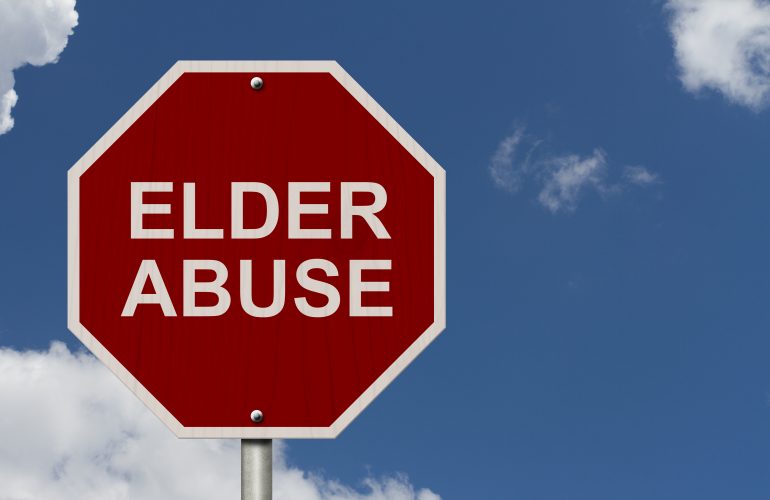I want to believe that most abuse or neglect of seniors in long-term care is done unintentionally. Could you image a healthcare professional driving to work in the morning and planning on intentionally harming an elderly resident? Regardless of intent, abuse, neglect and mistreatment of seniors occurs daily and is a serious issue. Abuse may actually be under-recognized and as a result, under-reported. The fact of the matter is that as we age, we will all become more vulnerable to being victimized, and most people believe that “what goes around, comes around”.
5 Domains of Abuse
One of the most common forms of abuse is physically harming an elderly individual. This may be done through handling the individual roughly or attempting to provide care too quickly. Psychological abuse involves verbal and non-verbal threats, humiliation or harsh language. Social abuse includes neglect, exploitation, or social shaming. Financial abuse or exploitation involves theft or misuse of a resident’s funds and personal belongings. The last form of abuse is sexual and involves inappropriate sexual behavior or language. All forms of abuse are unethical and potentially illegal. They should be met with zero tolerance.
Looking for Easy, Online CEUs?
Find Abuse and Neglect CEUs and many other subjects to fulfill your CE requirements.
4 Causes of Abuse
There are 4 main causes of abuse in senior care: personal factors, psychosocial factors, resident characteristics and organizational factors. Personal factors are usually caused by lack of employee training or personal skills like communication and developing trusting relationships. It can also be the result of low morale, stress, poor job dissatisfaction and working short-staffed.
Psychosocial factors involve the culture or personality of the facility. Is it a happy place to work? Is the care of high quality or is it stressful coming to work? Do employees have negative attitudes about their roles? Is there good team work or lack of it? Employee conflict can also lead to abuse. The personality of the facility starts at the top – with administration. Good leaders set the tone to a happy workplace and that happiness trickles throughout the facility. On the other hand, poor leadership allows for negativity to prevail through the building.
Resident characteristics, including cognitive impairments and challenging behaviors, can also lead to a situation where a caregiver becomes frustrated and unintentionally harms a resident. If the resident is aggressive, combative, resistant to care or overly demanding, he or she may also become a victim of abuse or neglect. Although providing care for residents with these types of behaviors may be challenging, abuse is never the answer.
Lastly, organization factors that might lead to abuse or neglect include things like overly institutionalized living, privacy issues, demanding caseloads, inadequate staffing, stress and burnout, retention and staff training. Does the facility take time to train employees on challenging behaviors? Are new hires oriented well enough on the special needs of residents? Are the right caregivers assigned to the right residents?
Final Words on Abuse and Neglect in Senior Care
Thank goodness for great caregivers. As I travel from facility to facility, I make sure to stop and thank nurses and nursing assistants for the great work they do every day. A nurse, just this week, responded, “Thank you. I sometimes feel like this is a thankless job”.
Residents may be challenging. Behaviors may complicate caregiving. There is never a good reason to abuse or neglect anyone in senior care. Remember – what goes around… comes around. And, one day it may be you receiving the care from a frustrated, dissatisfied caregiver.
Looking for Easy, Online CEUs?
Find Abuse and Neglect CEUs and many other subjects to fulfill your CE requirements.

